CIRCUSOL stands for “Circular Business Models for the Solar Power Industry”. It is an Innovation Action project funded by the Horizon 2020 program under the European Commission. It brings together 15 partners from seven European countries to develop and demonstrate business solutions for a circular economy in the solar power sector. The CIRCUSOL project started in June 2018 and will end in November 2022.
CIRCUSOL aims to deliver circular PSS (Product-service systems) business models with real environmental benefits and economic feasibility, validated in five real-life commercial demonstrators.
One of the demonstrators is the Cloverleaf PV plant in Heusden-Zolder (Belgium). Next to the 2MW PV plant, the site includes a shopping mall with a restaurant, a fuel station, a covered parking for acclimatized Trucks that can connect when parked, and a charging spot for electrical vehicles.
Circular manufacturing
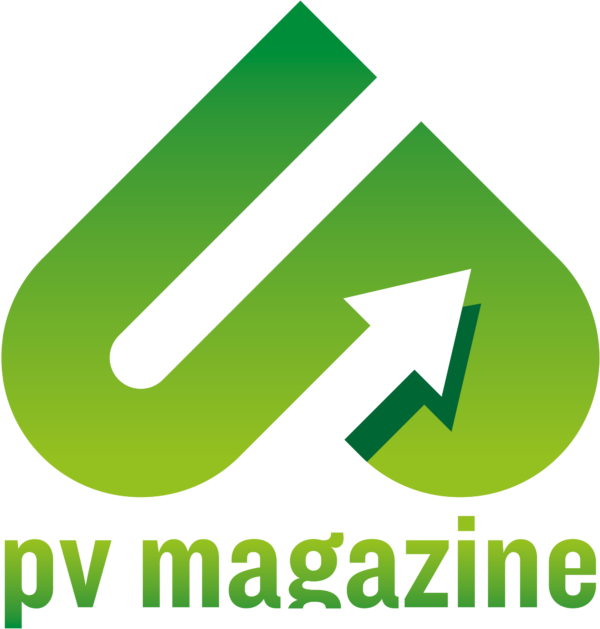 Circular manufacturing (https://www.pv-magazine.com/q3-2020-circular-manufacturing/) was the focus of the UP Initiative’s (https://www.pv-magazine.com/features/pv-magazine-up-initiative/) Q3 2020 quarterly theme. We looked at if adopting circular approaches can create competitive edges and reap financial and reputational rewards, in addition to investigating what is already being done in the solar industry. The work CIRCUSOL has achieved to date was also featured. Read our coverage
Circular manufacturing (https://www.pv-magazine.com/q3-2020-circular-manufacturing/) was the focus of the UP Initiative’s (https://www.pv-magazine.com/features/pv-magazine-up-initiative/) Q3 2020 quarterly theme. We looked at if adopting circular approaches can create competitive edges and reap financial and reputational rewards, in addition to investigating what is already being done in the solar industry. The work CIRCUSOL has achieved to date was also featured. Read our coverage
Storage-as-a-service
At the start of the CIRCUSOL project, Futech was already (since 2011) into an ‘energy-as-a-service’ agreement with the facility owner for the energy produced in the PV plant. Under this agreement, as being the investor, Futech remains the owner of the PV plant and is also responsible for its maintenance. The facility owner, for their part, contributes a monthly fee for the electricity consumed that is significantly lower than the grid electricity prices.
One of the objectives at the start of the CIRCUSOL project was to increase the self-consumption level at the Cloverleaf site from 22.8% to at least 50%. The increased self-consumption level was expected to be attractive for the facility owner since the tariff is lower than grid tariffs. The facility owner agreed to integrate the storage component and a new Power Purchase Agreement (PPA) was negotiated.
Self-consumption increase
To determine the optimal battery size, Futech analyzed the evolution of the consumption level at the Cloverleaf site. Since the installation (in June 2017) of a charging spot for electric vehicles, consisting of 12 superchargers, the consumption level significantly increased as is shown in the graph below. Mind that the decrease in consumption in 2020 was caused by the closure of the restaurant during the Covid-19 pandemic.
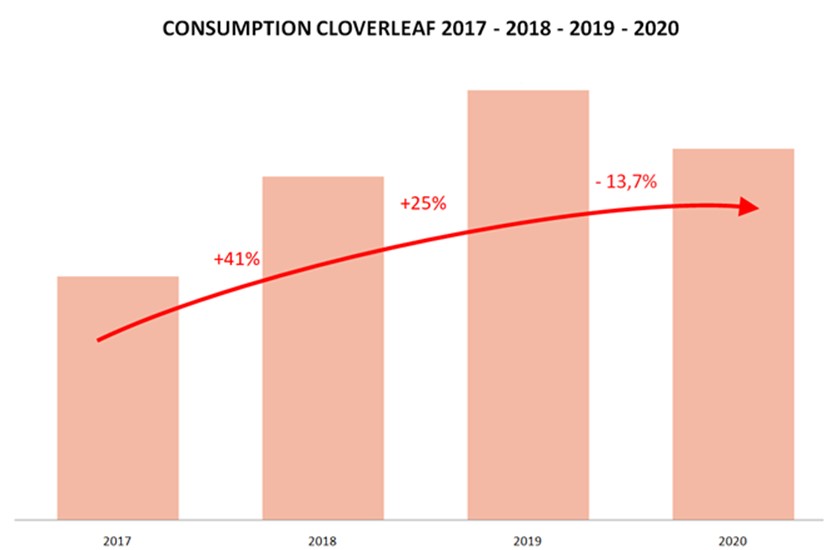 Due to the integration of the EV charging station, the direct consumption level at the Cloverleaf site increased from 22.8% to 45.4%. Because of its favorable location nearby the E313 and E314 motorways, plans are currently being made for installing additional DC fast-charging stations at the Cloverleaf site which will for sure influence the self-consumption level positively.
Due to the integration of the EV charging station, the direct consumption level at the Cloverleaf site increased from 22.8% to 45.4%. Because of its favorable location nearby the E313 and E314 motorways, plans are currently being made for installing additional DC fast-charging stations at the Cloverleaf site which will for sure influence the self-consumption level positively.
This is why Futech decided to implement, at first instance, a relatively small second-life battery system totaling 84kWh. Such a system meets the minimum threshold of 300 battery cycles per year in contrast to, for example, a 200kWh system. Depending on the evolution of future consumption at the Cloverleaf site, the battery capacity can still be extended in the coming years.
Technical feasibility
After an intensive consultation round with Futech on its requirements, the 84kWh second-life battery system, originating from the automotive industry, was supplied by the French company SNAM. First, a battery rack of 21kWh (360V) was intensively tested in the Futech lab. Minor issues on the Battery Management System and the State of Charge were resolved relatively smoothly.
Originally it was the intention to integrate the second-life battery system on the DC side of the PV plant, according to the principle diagram below.
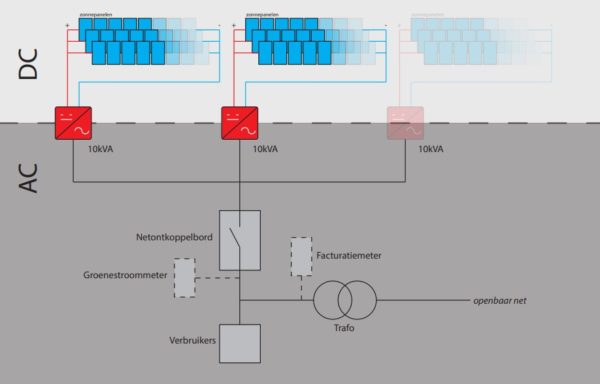
Image 4a – Principle diagram before integration 2nd life battery
Popular content
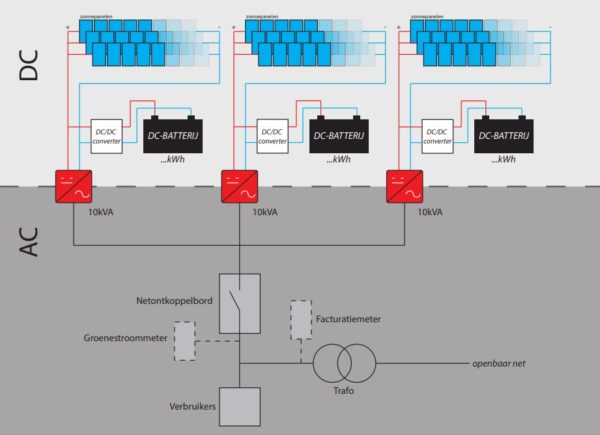
Image 4b – Principe diagram after integration 2nd life DC- battery
Unfortunately, after consultation with the local grid operator, permission was not granted for DC integration because some new components were at that given moment not yet technically certified. A few months after commissioning, the certification issue was resolved. In case of any future expansion of the second-life battery storage system, Futech would opt for the implementation of DC technology because of its higher round trip efficiency.
During the month of August 2021, Futech successfully integrated and commissioned the second-life battery at the Cloverleaf demonstrator. Parameters like the number of cycles of the battery along with its health status are permanently monitored in order to get an indication of the expected lifespan of the second-life system. The first findings appear to be very promising.
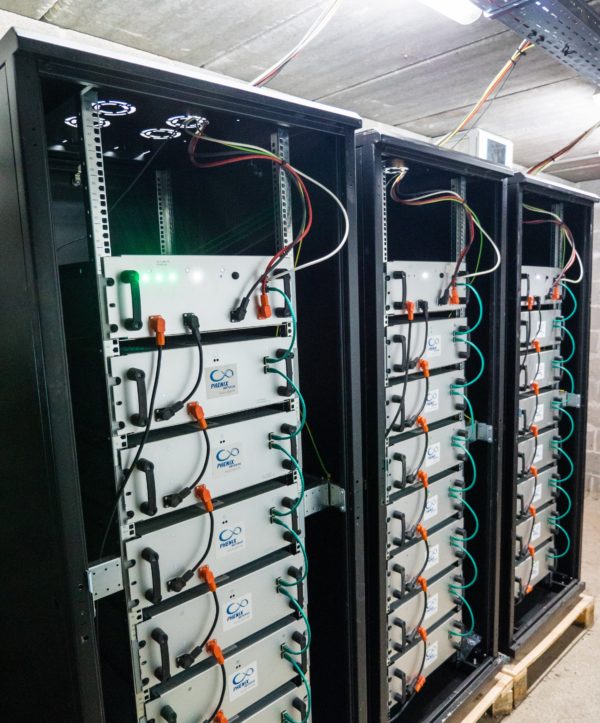
Economic feasibility
An increase in self-consumption level, caused on the one hand by installing EV chargers and on the other hand by the integration of a second-life battery, allows the facility owner to purchase a fairly high amount of electricity from Futech at a rate that is approximately 30% lower than buying it from the grid. Futech in turn benefits from the fact that a larger share of the PV production can be offered to the facility owner at a significantly higher rate than when it would be injected into the grid, where prices are typically very uncertain (high volatility).
A crucial factor for the economic feasibility of integrating a second-life battery in a PPA with a commercial end-user is the investment cost of the battery system as it determines the rate at which Futech (the investor) can offer electricity to the facility owner. This cost is relatively high compared to new battery systems. Nevertheless, an acceptable payback time of 8.5 years was achieved for the Cloverleaf project. In addition, the facility owner could immediately benefit from cost savings and additionally engage in peak shaving (reducing peak consumption).
About the authors
Thomas Voets holds a Master degree in Economics (2009) and developed a special interest in environmental economics. Since 2015 he is active for Belgian PV installer Futech, where he is head of the Marketing Department. Thomas is strongly involved in the Horizon 2020 CIRCUSOL project on circular business models for the solar power industry.
Ismaël Ben-Al-Lal holds a Master degree as Industrial Engineer (2008) and is the founder and CEO of U2P, a group consisting of companies active in renewable energy such as Futech and iLumen. He was a member of the Belgian Solar Team at World Solar Challenge 2007 and European Champion as a member of Formula Zero Team 2008.
The views and opinions expressed in this article are the author’s own, and do not necessarily reflect those held by pv magazine.
This content is protected by copyright and may not be reused. If you want to cooperate with us and would like to reuse some of our content, please contact: editors@pv-magazine.com.
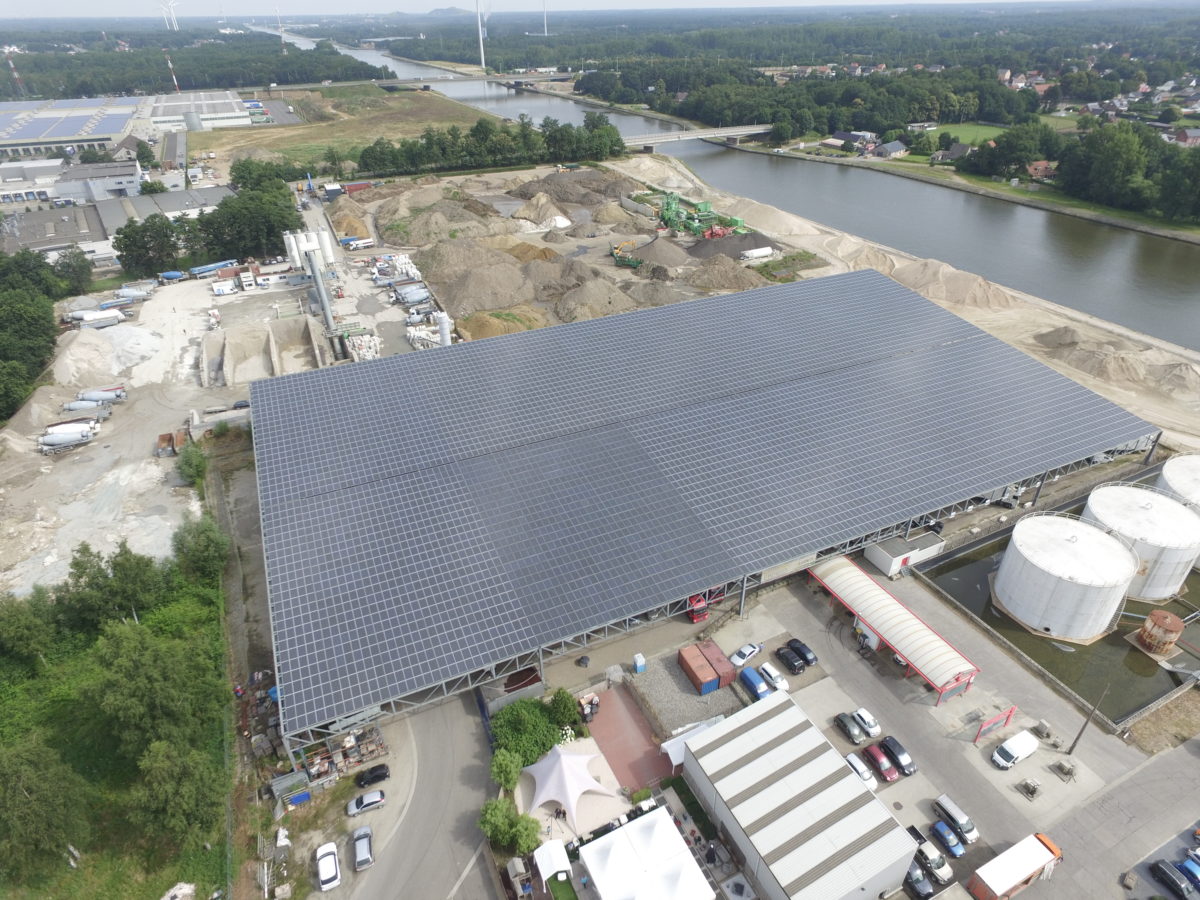
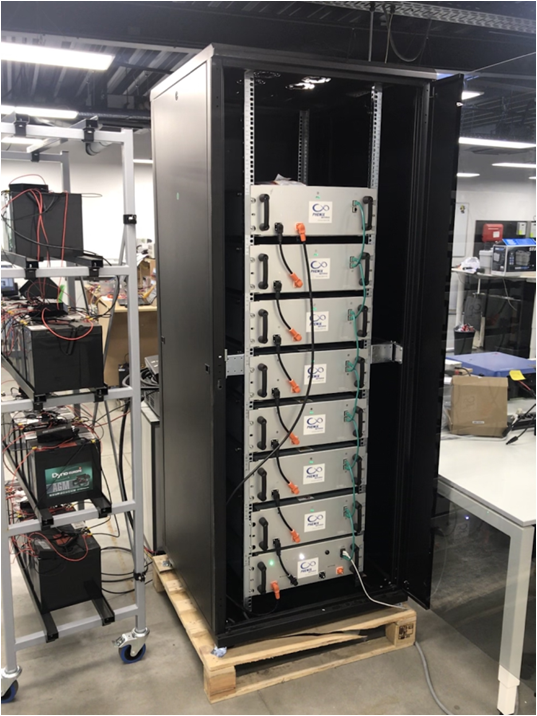

By submitting this form you agree to pv magazine using your data for the purposes of publishing your comment.
Your personal data will only be disclosed or otherwise transmitted to third parties for the purposes of spam filtering or if this is necessary for technical maintenance of the website. Any other transfer to third parties will not take place unless this is justified on the basis of applicable data protection regulations or if pv magazine is legally obliged to do so.
You may revoke this consent at any time with effect for the future, in which case your personal data will be deleted immediately. Otherwise, your data will be deleted if pv magazine has processed your request or the purpose of data storage is fulfilled.
Further information on data privacy can be found in our Data Protection Policy.